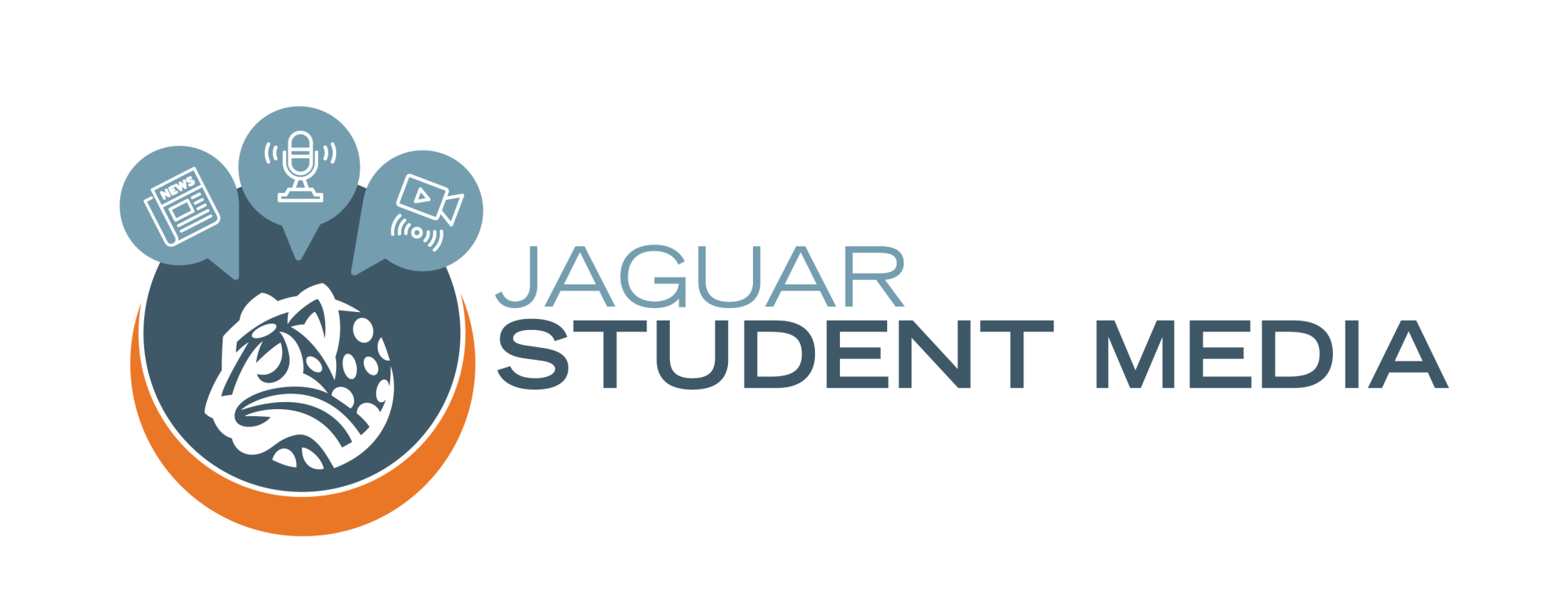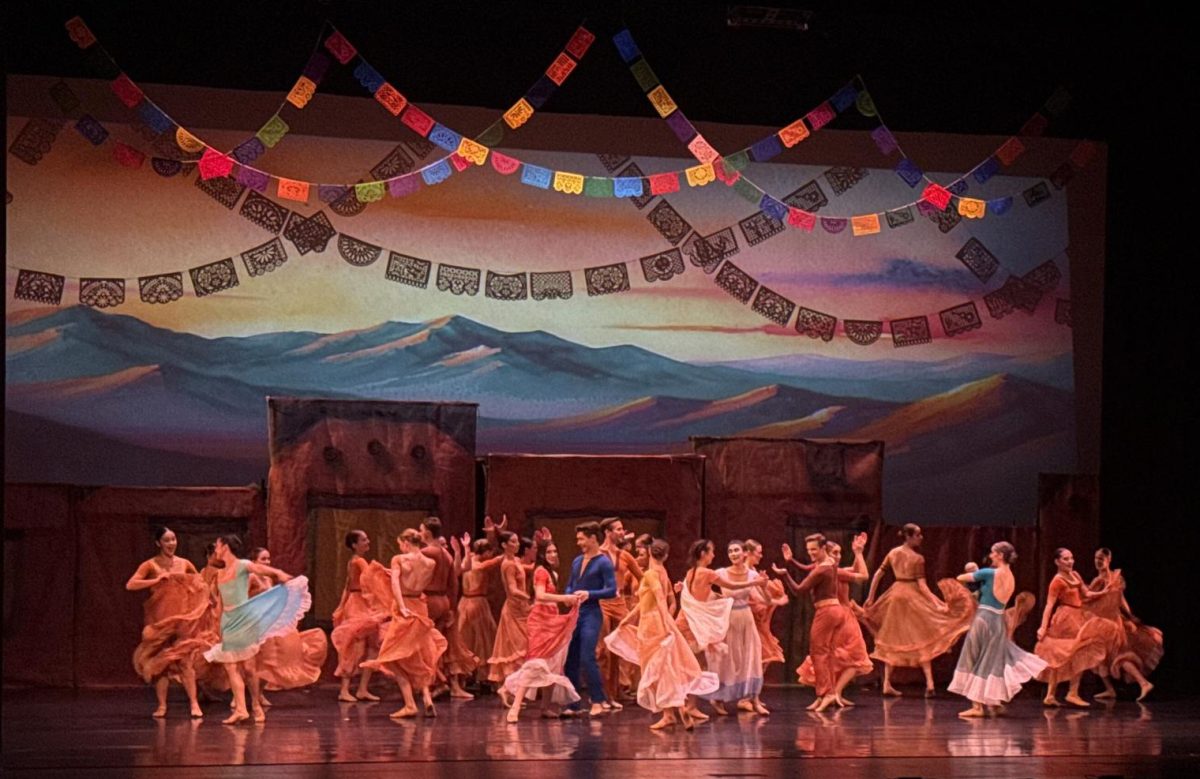This past weekend Studio 5:8, a Chicago ballet company, performed its La Llorona ballet at the Center for Performing Arts at Governors State University.
La Llorona is a myth in which a woman named Maria is driven to drown her own children. Depending on the version, this could be due to an affair her husband had. Reimagined by the choreographer, Julliana Rubio Slager, the La Llorona ballet examines hallucinatory postpartum depression, motherhood, and how it may affect family. Full of dynamic lighting and music that supplement the conveyed emotion the dancers display, we hear a blend of trumpet, guitar, and other experimental music as the story unfolds.
We meet Maria, a woman with three children: two adolescent daughters and a baby. Maria recently has had her third child and is weary and exhausted. She receives support from her family members but often is reluctant to accept it. In scenes with upbeat music and family coming together, a ghostly figure slowly creeps into view, dressed in a grey and white dress with her face obscured, representing the depression and isolation Maria is facing.
The audience is able to witness how La Llorona influences Maria’s reactions and beliefs to her own family. She is convinced that her husband Manuel and her sister Valencia are having an affair, as La Llorona leads her to believe this. Manuel and Valencia are seen dancing together to represent the affair while Maria is struggling with her conflicted view of their relationship and her own post-partum depression. Her belief that they they are having an affair, causes Maria to pull away and accuse them.
Eventually, Maria is shown drowning her kids in a bathtub, but it’s actually a hallucination, which is something a mother may face after childbirth. Slager explains that these elements of the production are ambiguous to the audience on purpose, because they are meant to show Maria’s unsure state. In the end, family is able to reconcile, and Maria begins to trust and accept the help of her family.
Through dance, this performance conveys emotions of despair, depression, reluctance, anger, and healing. A hopeful display of healing through the challenges mothers may face, this is an emotional ballet that brings awareness to what postpartum depression can be and how it can affect the mother and the family around her. The ballet may be performed again, so keep an eye out on the Studio 5:8 website.

